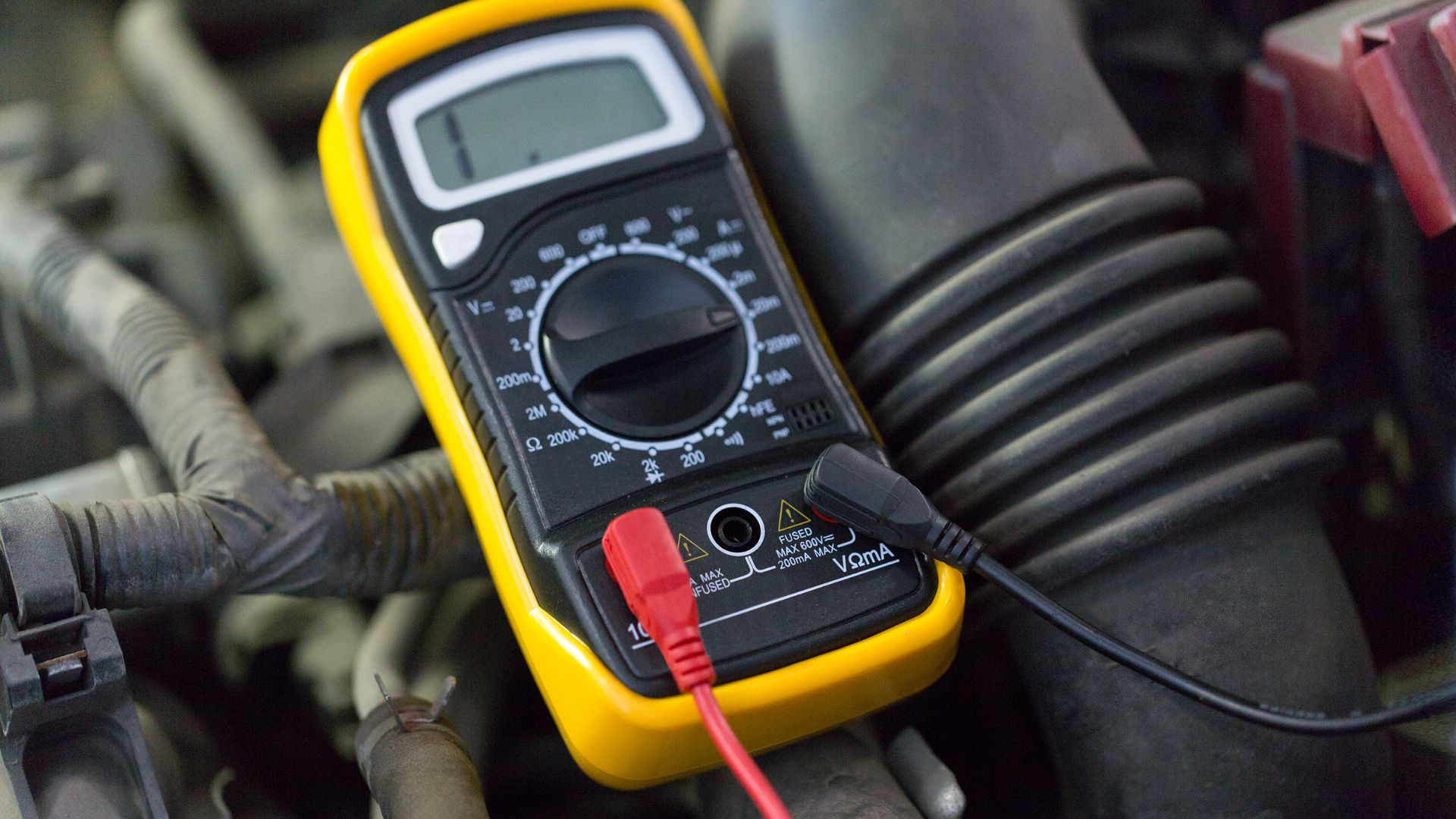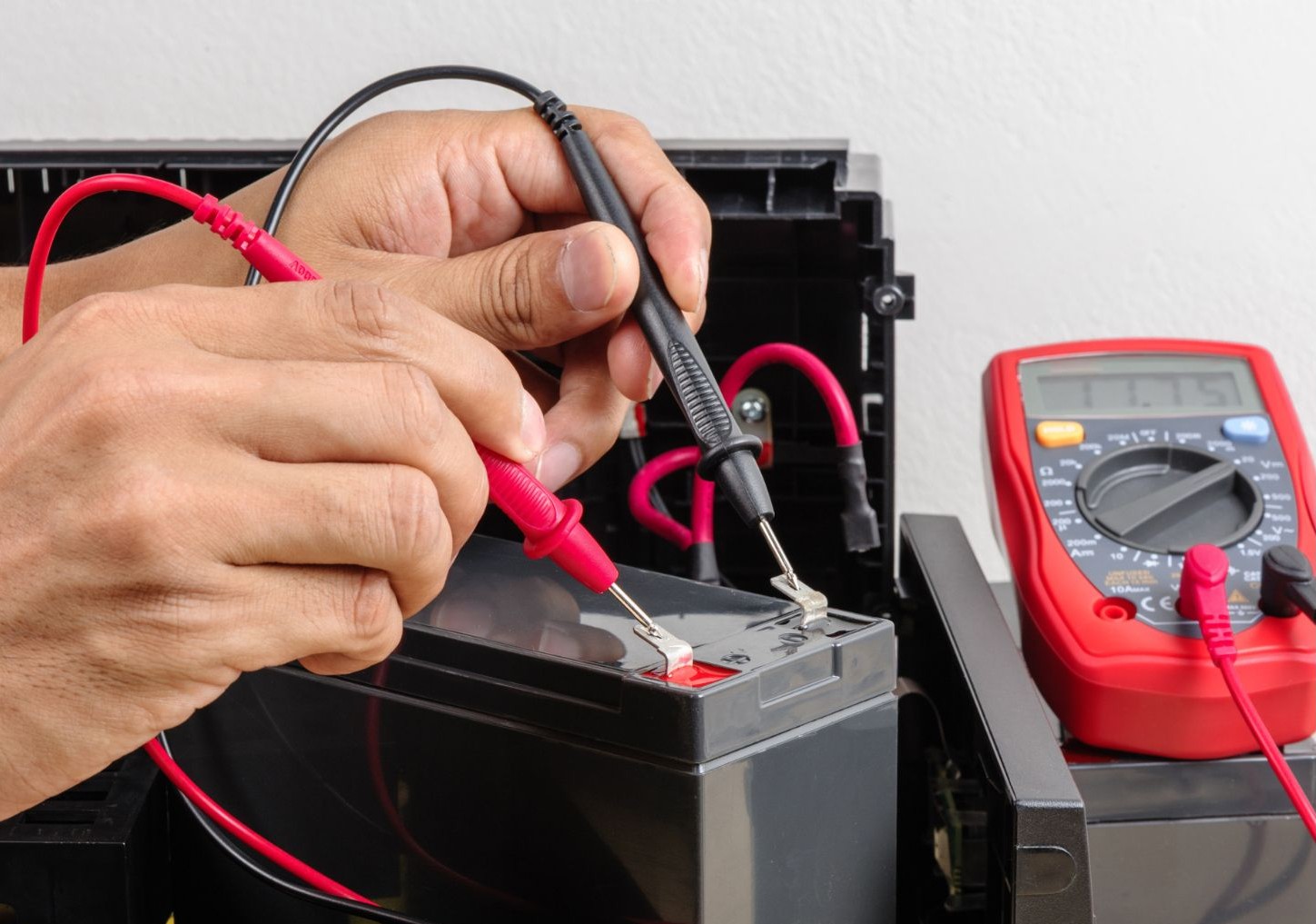
Maintaining the health of your car battery is crucial for ensuring reliable vehicle performance and avoiding inconvenient breakdowns.
At Denkei, we specialize in distributing top-tier testing and measuring tools to makers and professionals, including an extensive range of multimeters from over 5,000 partner companies. This comprehensive guide will walk you through using a multimeter for battery testing, highlighting our expertise and commitment to quality.
Why Regular Car Battery Checks Matter

Prevention of Unexpected Failures
– Peace of Mind:Start every journey with confidence, knowing your battery will perform reliably.
– Economic Benefits:Extend your battery’s lifespan and avoid the costs associated with premature replacements.
Multimeters serve as the ideal tool for conducting thorough and accurate battery checks, offering more than just voltage readings. With their versatile functionality, they are essential for both mechanics and car enthusiasts.
Understanding Multimeters and Their Role
What is a Multimeter?
A multimeter is a vital instrument designed to measure electrical parameters such as voltage, current, and resistance. It’s an indispensable gadget for effective car maintenance and electrical troubleshooting.
Benefits of Using a Multimeter for Battery Checks
– Precision:Receive accurate voltage measurements crucial for diagnosing battery health.
– Versatility:Suitable for various electrical diagnostics, beyond just batteries.
– Cost-Effectiveness:Eliminate unnecessary professional testing fees with in-house diagnostics.
Step-by-Step Guide: Testing Your Car Battery with a Multimeter
Safety First
– Ensure all vehicle electrical components are switched off and the car is parked on level ground.
– Wear protective gloves and goggles to prevent injury from sparks or battery acid exposure.
Implementing the Multimeter Battery Tester Method
1. Select DC Voltage on the Multimeter:
– Set your multimeter to a DC voltage around 20V to accurately measure car battery voltage.
2. Connect the Probes to the Battery Terminals:
– Attach the red probe to the positive terminal (+) and the black probe to the negative terminal (-).
3. Reading the Voltage:
– A healthy battery typically reads between 12.6 to 12.8 volts.
– Readings below 12.4 volts indicate the need for charging or potential replacement.
4. Perform a Load Test:
– With the headlights on, monitor the voltage; a drop below 11 volts signifies a failing battery under load.
Best Practices for Consistent Battery Maintenance
Regular and Strategic Testing
– Conduct monthly checks or pre-long-trip assessments to ensure ongoing reliability.
– Regularly test under load conditions to detect potential issues early.
Diagnosing and Addressing Common Issues
-Corrosion:Clean battery terminals to improve conduction and eliminate low voltage readings.
-Battery Health:Identifying frequent low readings can prevent health declines before they turn severe.
Maintaining Optimal Battery Health
– Keep terminals clean with anti-corrosive sprays.
– Avoid short trips that don’t allow the battery to charge fully.
Conclusion
Utilizing a multimeter for car battery testing can not only enhance your vehicle’s reliability but also optimize its performance and prolong the battery’s life. By following these structured guidelines, prepared by Denkei, and leveraging professional-grade tools, you ensure your car remains a dependable companion. Explore our wide range of high-quality multimeters and make battery health a cornerstone of your car maintenance routine.





